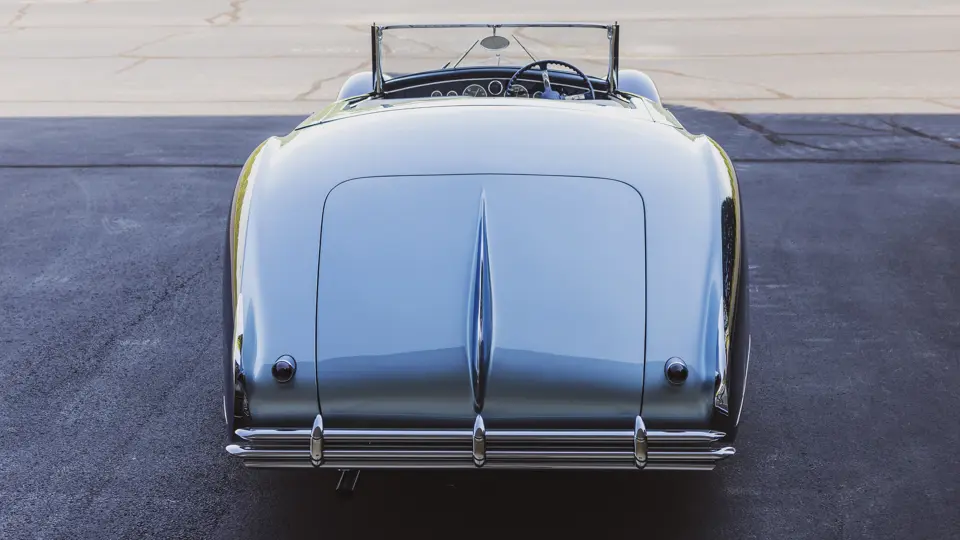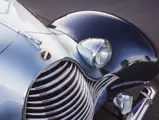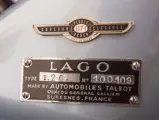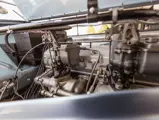
1947 Talbot-Lago T26 Record Cabriolet by Figoni et Falaschi
{{lr.item.text}}
$2,975,000 USD | Sold
{{bidding.lot.reserveStatusFormatted}}
- Exquisite coachwork design by the celebrated Joseph Figoni draped over the long-wheelbase version of the advanced T26 Record chassis
- One of very few surviving examples; a striking rendition of Anthony Lago’s important postwar model
- Formerly owned by acclaimed Hollywood film director George Sidney, and former Pebble Beach co-chairman Lorin Tryon
- Comprehensive refurbishment by RM Auto Restoration conducted in the early 2000s
- Best of Show winner at the 2013 Classic Sports Sunday at Mar-a-Lago Concours d’Elegance; awarded at the 2003 Pebble Beach Concours d’Elegance, and the 2004 Amelia Island Concours d’Elegance
Like other premium French luxury marques such as Bugatti, Delahaye, and Delage, Talbot-Lago became one of the interwar period’s most impressive continental manufacturers, winning races while producing some of the most beautiful bespoke grand touring machines ever built. Unlike some of its competitors, however, the company made its greatest strides despite the lack of an established racing pedigree. Prior to the arrival of Anthony Lago in 1934, the Talbot company was best known for building solid but unspectacular touring sedans, despite being the successor to the competition-leaning Darracq.
But when Lago was dispatched by the company’s British ownership group to oversee the French division’s flagging financial state, he quickly realized that transitioning Talbot to a sporting identity would be key to the marque’s resuscitation. By the mid-1930s the onetime engineer—who had designed the Wilson preselector gearbox—obtained complete control of the company, and the glory days of Talbot-Lago quickly ensued. Models like the T150 SS made epic strides at European racing circuits and concours d’elegance, epitomized by the legendary Teardrop Coupe and its breathtaking Figoni et Falaschi coachwork.
When production came to a halt during World War II, Lago set about designing a new engine to the most recent racing formula, culminating in a 4.5-liter inline six-cylinder motor that was actuated by dual camshafts inside the block and fed by a hemispherical head with Zenith-Stromberg carburetors. In standard tune the new engine developed as much as 170 horsepower, and in racing tune the motor was capable of over 200, soon to power the company’s great postwar competition cars.
This engine became the driving force behind Talbot-Lago’s first postwar model, the T26 Record, which debuted at the Paris Salon in October 1946. With an advanced chassis featuring front independent suspension with coil springs, as well as the Wilson gearbox, the Record was generally clothed in restrained factory coachwork originally designed by Joseph Figoni, and available in both closed and open body styles. A much smaller percentage of the cars, however, were available as rolling chassis to be clothed by the owner’s carrosserie of choice, like the featured lot.
According to the records of the Figoni archives, chassis number 100109 was ordered by a Mr. Ritter in 1947 and finished in pastel blue paint over a red leather interior. Bearing characteristic Figoni flamboyance, the striking coachwork stretched a two-door cabriolet body style over the Record’s long-wheelbase chassis, utilizing sweeping tube-aviation-type front fenders, Art Deco-themed trim, concentric-ringed disc wheels, rear fender skirts, and a finned rear decklid to effect opulent elegance and streamlined styling. The chromed grille is an ornate geometric shape, the bottom mustache-like edge of which reaches towards the fenders, giving the cabriolet an expressive front fascia.
The T26 was eventually acquired by the noted Hollywood director George Sidney, a onetime child actor from the 1920s who went on to helm such groundbreaking post-war motion pictures as Anchors Aweigh, Showboat, Bye Bye Birdie, and Viva Las Vegas. Later in its life the Record passed to the respected former Pebble Beach Concours co-chairman and Blackhawk Automotive Museum president Lorin Tryon, joining the collector’s stable of impressive automobiles. Mr. Tryon replaced the original driveline with a Cadillac V-8 mated to a Hydramatic transmission and refinished the coachwork in red paint. The cabriolet remained in his collection for many years, and the original T26 engine was stored with the car as an accompanying item. By the 1990s the cabriolet was acquired by software entrepreneur Frank Pritt, and he offered the car at RM Auctions’ flagship Arizona sale in January 2001.
Acquired then by the consignor, the Talbot-Lago was treated to a comprehensive refurbishment by RM Auto Restoration that addressed every structural, mechanical, and cosmetic aspect. In addition to complete rebuilds of every system and component, the car’s original dual-carbureted T26 engine was rebuilt and reinstalled, and the arresting coachwork was refinished in the current two-tone scheme of metallic sky blue over a deep midnight blue. The cabriolet top was rebuilt with new material, and the interior was sumptuously reupholstered with cream leather offset with blue piping and dark blue carpeting. As reflected by invoices on file, the painstaking refurbishment cost in excess of $389,000 for labor expenses alone.
The strength of the T26’s restoration was confirmed with a class win and the Elegance in Motion award at the 2003 Pebble Beach Concours d’Elegance, and it proceeded to garner the Best Postwar European Car award at the 2004 Amelia Island Concours d’Elegance. After receiving further attention from RM Auto Restoration in 2012, including a gearbox upgrade to a Cotal preselector, the T26 was displayed at the Classic Sports Sunday Mar-a-Lago Concours d'Elegance held in conjunction with the 2013 Cavallino Classic, winning the prestigious Best of Show trophy. The cabriolet also won Best of Show at the 2013 Boca Raton Concours d’Elegance.
Still presenting with magnificent elegance, this rare Talbot-Lago offers a subtle variation on the celebrated design cues of Figoni et Falaschi, and the car’s genealogical relationship to the T26 Grand Sports that won numerous races in the postwar period (including the 1950 24 Hours of Le Mans) should not be overlooked. Ideal for exhibition at major concours d’elegance and driving enjoyment during vintage touring events, this impressive T26 Record should appeal to any enthusiast of the interwar French Curve design movement, sure to complement even the finest of collections.








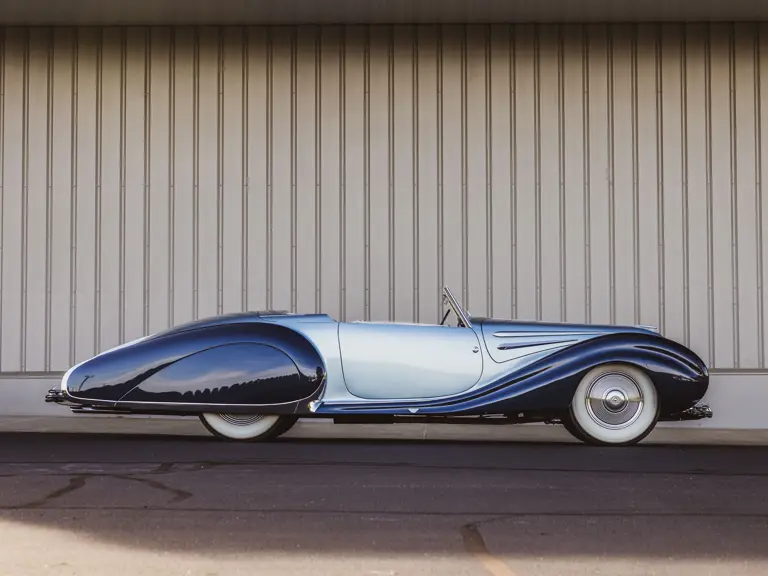










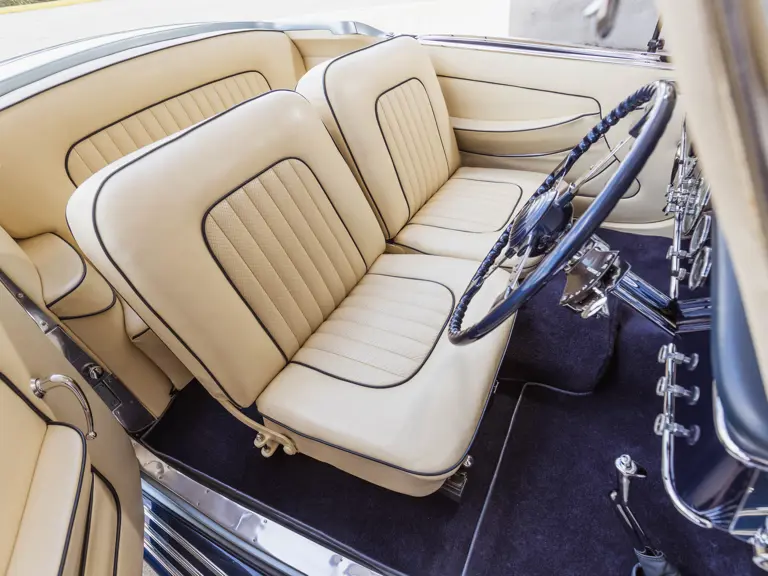


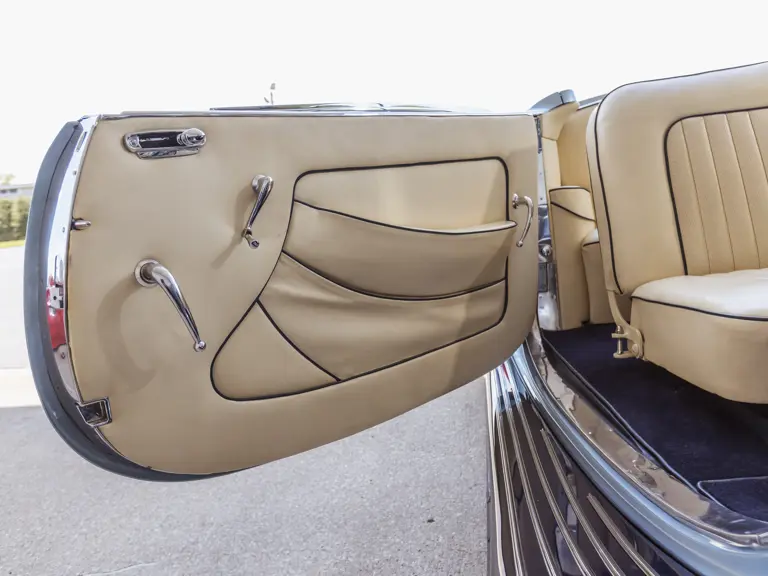







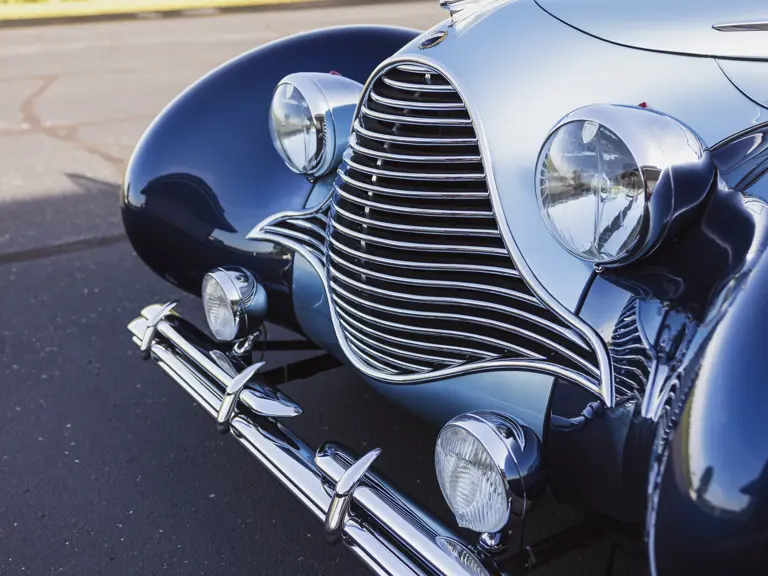











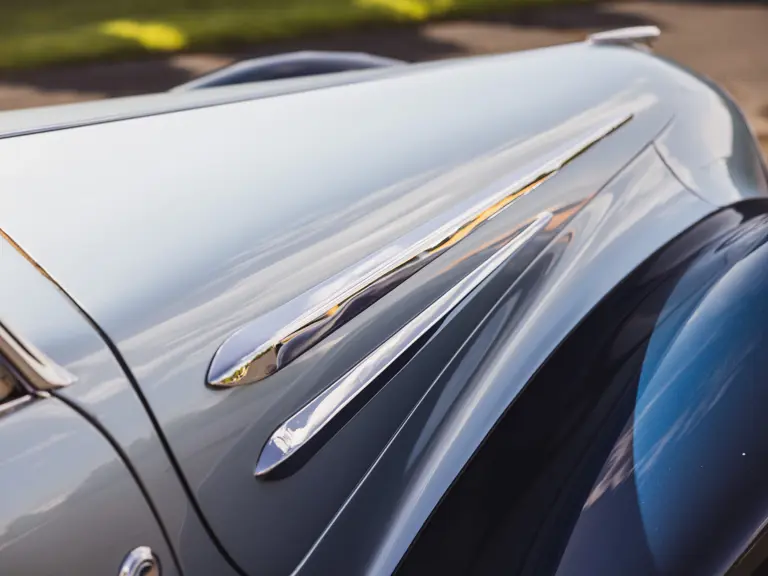




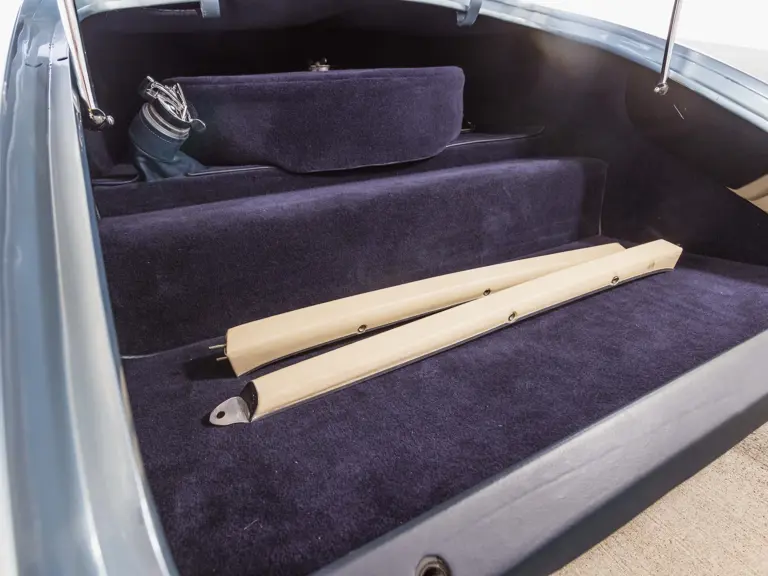



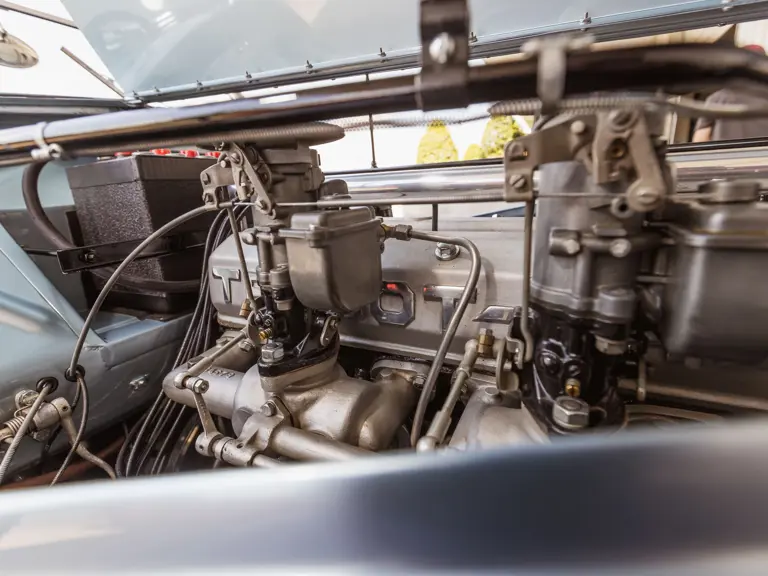

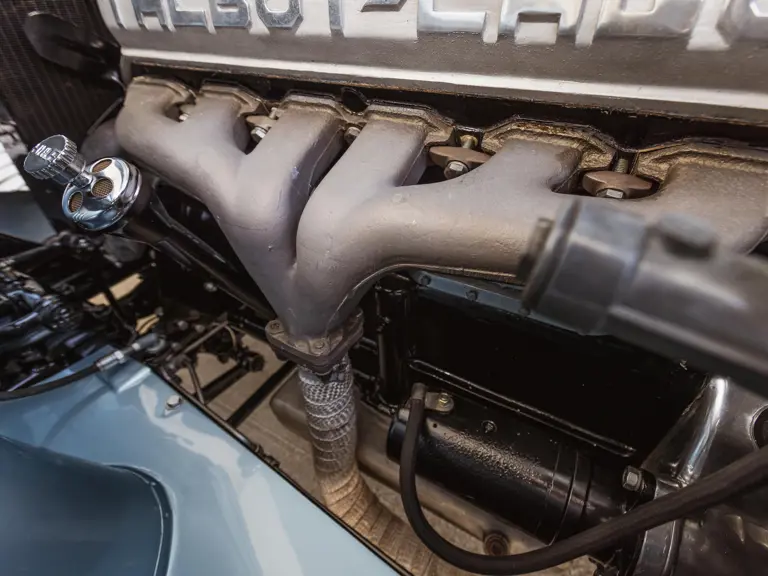

 | Monterey, California
| Monterey, California


